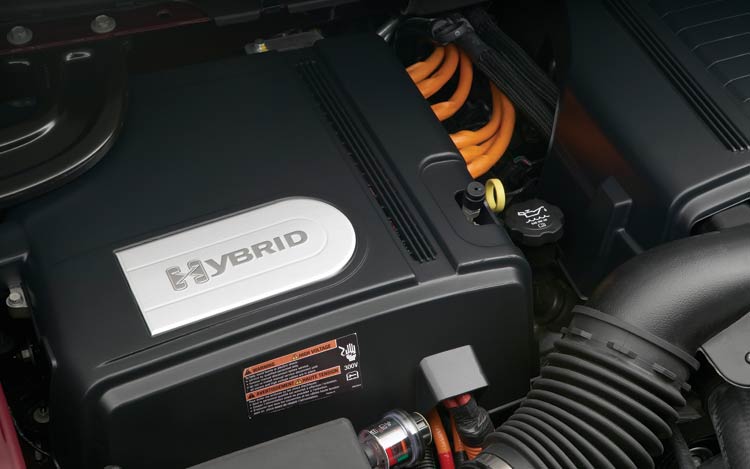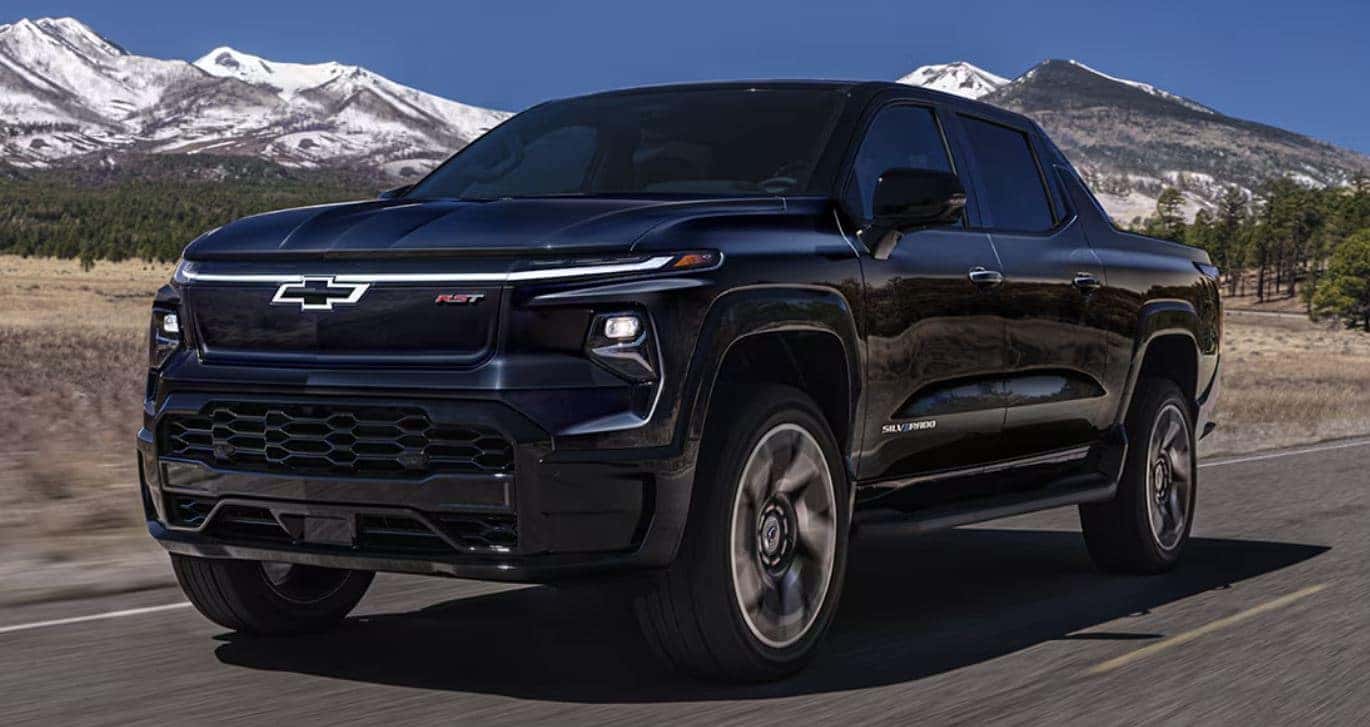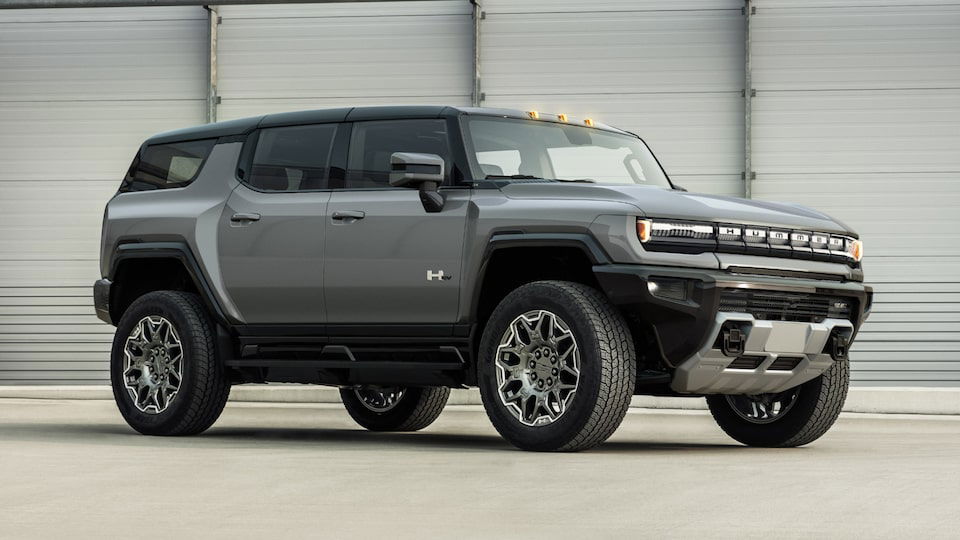On May 27, 2025, General Motors (GM) secured U.S. Patent No. 12,311,767 B1 for a novel hybrid propulsion system, signaling a significant advancement in the company's approach to vehicle electrification. Developed by inventor Alan G. Holmes and assigned to GM Global Technology Operations LLC, this patent outlines a sophisticated integration of internal combustion and electric power sources, aiming to enhance vehicle performance, efficiency, and adaptability.
See also:
A Comprehensive Hybrid Architecture

The patented system introduces a hybrid propulsion configuration that combines an internal combustion engine (ICE), an electric motor, a generator, and a clutch mechanism. This arrangement allows for multiple operational modes, including ICE-only, electric-only, and combined hybrid propulsion. The inclusion of a clutch facilitates seamless transitions between these modes, optimizing power delivery based on driving conditions.
Unlike many e-CVT hybrids, this system uses a clutch (likely electro-hydraulic) to physically engage/disengage the ICE from the electric drivetrain, reducing parasitic losses in electric-only mode while enabling rigid mechanical coupling in hybrid mode for higher torque efficiency.
Including a generator (distinct from the traction motor) suggests the system can operate in series mode (ICE powers generator → charges battery or drives motor) for urban efficiency and parallel mode (ICE and motor combine propulsion via clutch) for highway performance.
The generator/motor likely enables multi-stage regen, with the clutch decoupling the ICE during braking to maximize energy recovery. The clutch permits near-instantaneous motor assist during ICE gear shifts (if paired with a transmission), mitigating lag.
The trade-off would be in clutch wear vs. efficiency gains in electric mode. This design prioritizes dynamic response over the simplicity of e-CVT systems.
Notably, the system supports regenerative braking, wherein the electric motor functions as a generator during deceleration, converting kinetic energy into electrical energy to recharge the battery. This feature not only improves energy efficiency but also enhances the vehicle's overall sustainability.
See also:
Technical Classifications And Innovations

The patent falls under several Cooperative Patent Classification (CPC) codes, including B60K6/00, B60K6/20, B60K6/22, B60K6/36, and B60K6/365. These classifications pertain to the arrangement of diverse prime movers for mutual propulsion, specifically hybrid systems combining electric motors and internal combustion engines, and their associated transmission gearings.
A key innovation in this system is the use of gears with orbital motion within the transmission. This design choice contributes to a compact and efficient powertrain layout, potentially reducing the overall weight and improving the packaging of the hybrid system within various vehicle platforms.
The development of this hybrid propulsion system aligns with GM's broader strategy to diversify its electrification portfolio. While the company has made significant investments in battery electric vehicles (BEVs), this patent indicates a continued commitment to hybrid technologies, which can serve as a transitional solution in markets where full electrification faces infrastructural or economic challenges.
GM is aggressively advancing its electrification strategy, balancing immediate market demands with long-term EV goals. In 2025, the company continues expanding its EV lineup, including affordable models like the Equinox EV ($33,600 starting price, 319-mile range) and premium offerings like the Sierra EV Denali (up to 460 miles of range, 760 hp).
Despite recent investments in V8 engine plants, CEO Mary Barra reaffirmed GM's commitment to an all-electric future, citing growing EV market share and infrastructure development.
The company projects 300,000 EV sales in 2025, a 59% increase from 2024, with Cadillac's expanded EV lineup (Escalade IQ, Optiq, Vistiq) playing a key role. GM is also securing critical battery materials through partnerships, such as Lithium Americas for U.S.-sourced lithium, and investing in domestic supply chains to reduce costs.
Fleet electrification is another focus, with BrightDrop electric vans offering up to 285 miles of range and 7.2 kW offboard power for commercial users. However, GM remains flexible, acknowledging policy uncertainties and customer readiness may require continued ICE production.
Potential Applications And Market Impact

The versatility of the patented hybrid system suggests potential applications across multiple vehicle segments, from passenger cars to light-duty trucks and SUVs. Its compact design and operational flexibility make it suitable for integration into existing vehicle architectures, potentially accelerating the deployment of hybrid models within GM's lineup.
Moreover, the system's ability to operate in full electric mode could appeal to urban consumers seeking zero-emission driving options without the range limitations associated with some BEVs. This feature, combined with the extended range provided by the ICE, offers a compelling proposition for drivers requiring both efficiency and versatility.
A Forward March Towards Electrification
Another breakthrough is a dual-port charging system (US 20240424943) enabling simultaneous vehicle charging and bidirectional power flow for V2G/V2L applications, potentially allowing daisy-chained EV charging. GM also patented a compact hybrid AWD configuration, optimizing packaging for future SUVs and trucks.
While not yet confirmed for production, a recently uncovered design patent (D1,073,535 S) hints at a potential electric Chevy Express van, possibly leveraging Ultium technology.
Additionally, GM's acquisition of Cruise aims to integrate autonomous driving tech with electrified propulsion systems. These patents reflect GM's strategic balancing act between immediate hybrid solutions and long-term electrification goals, particularly as it plans new hybrids for 2027 while scaling Ultium-based EVs.